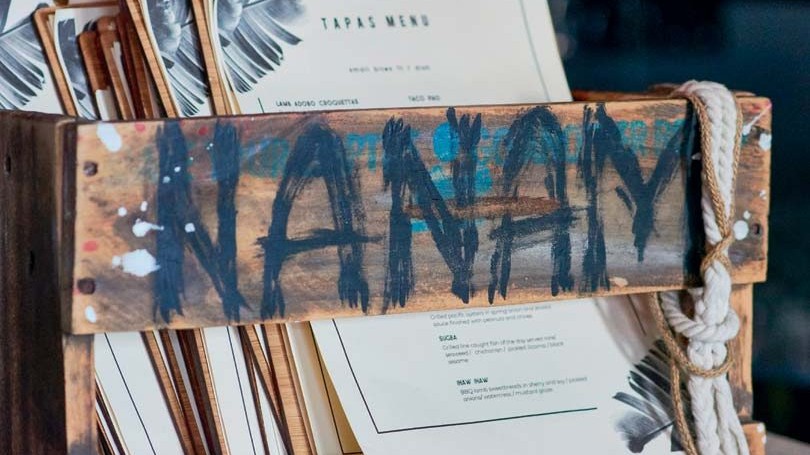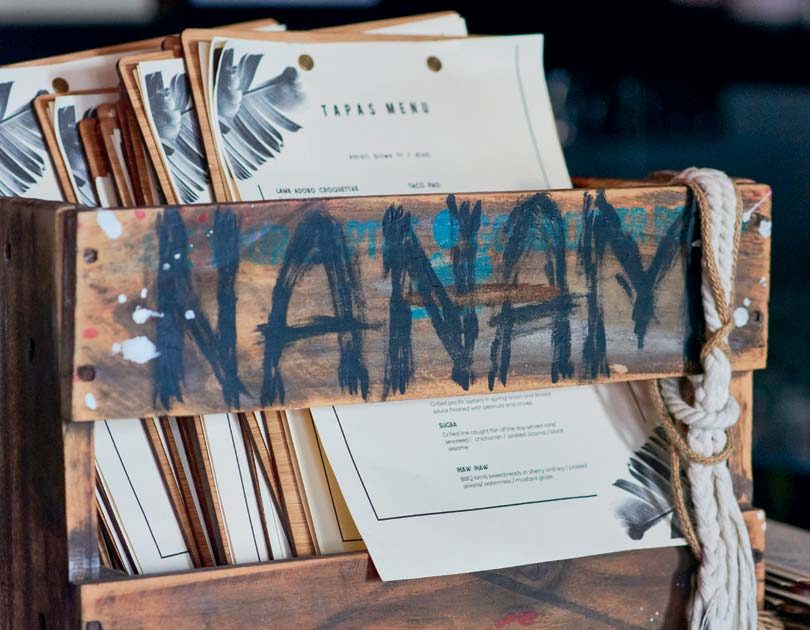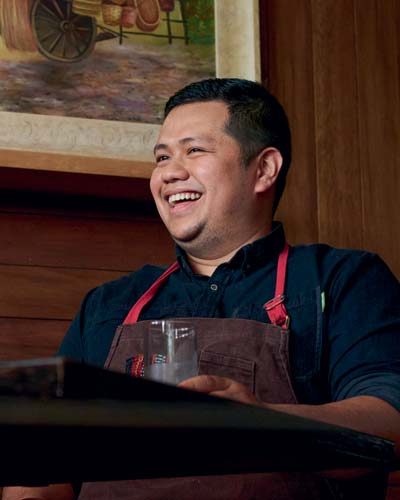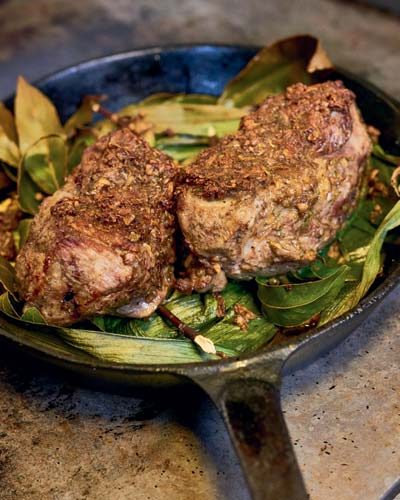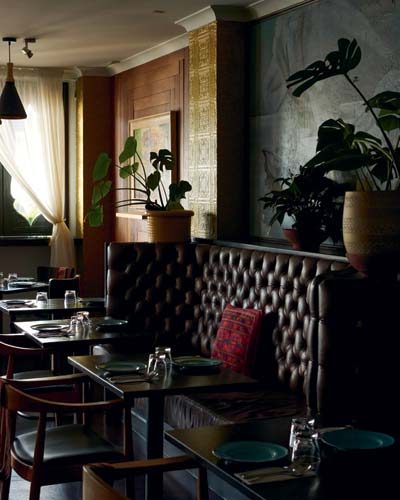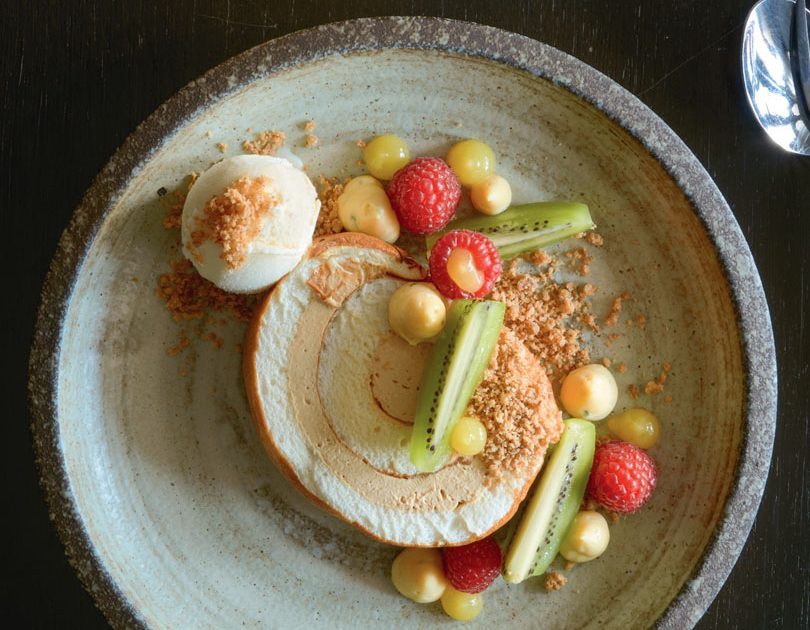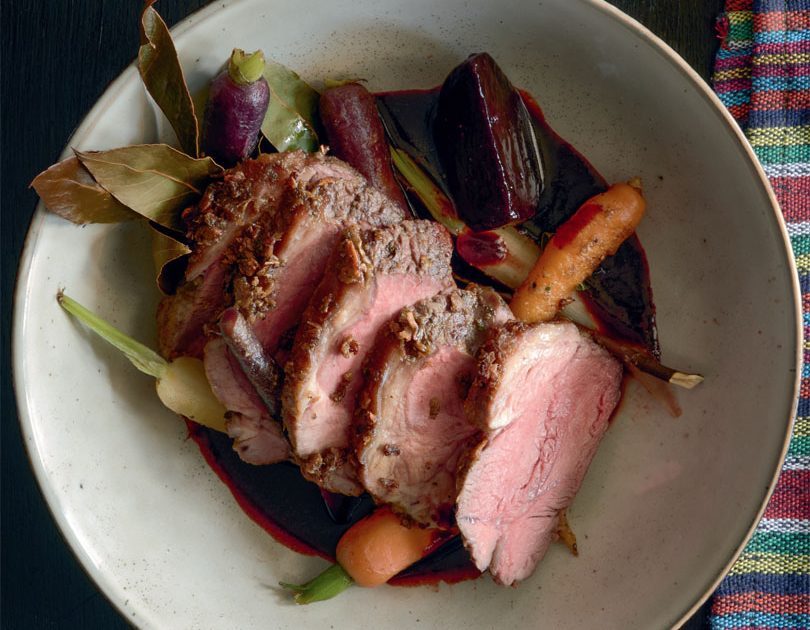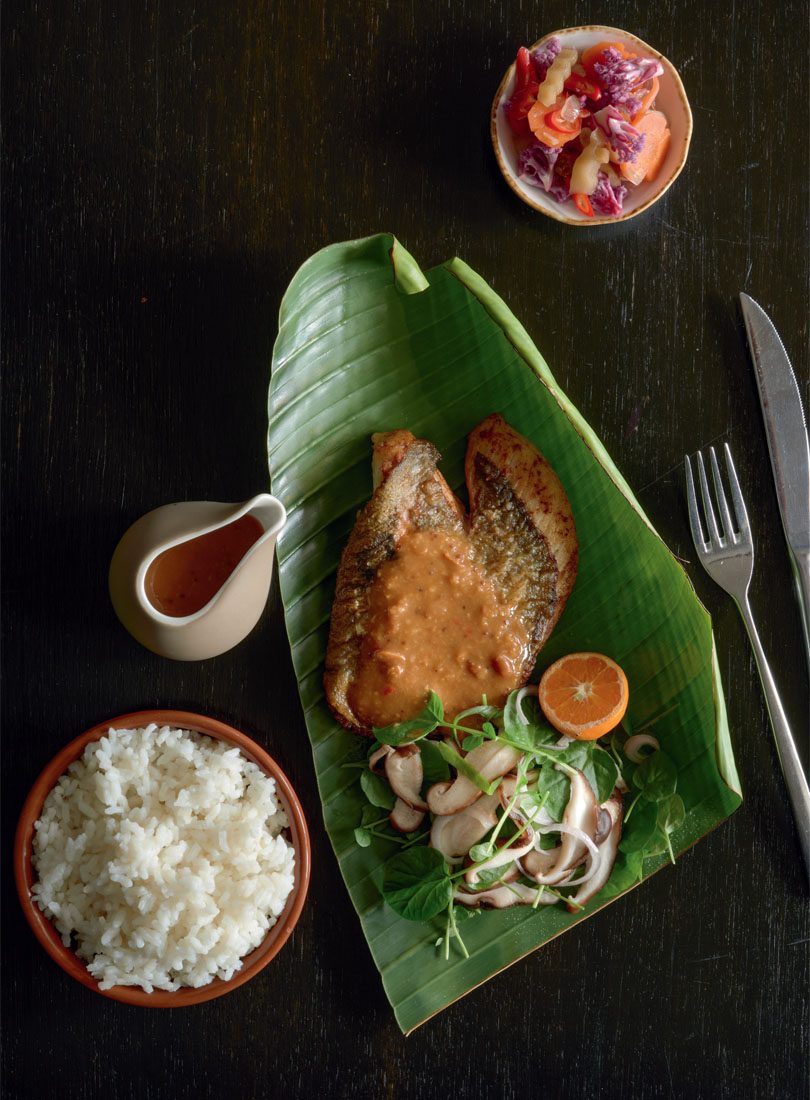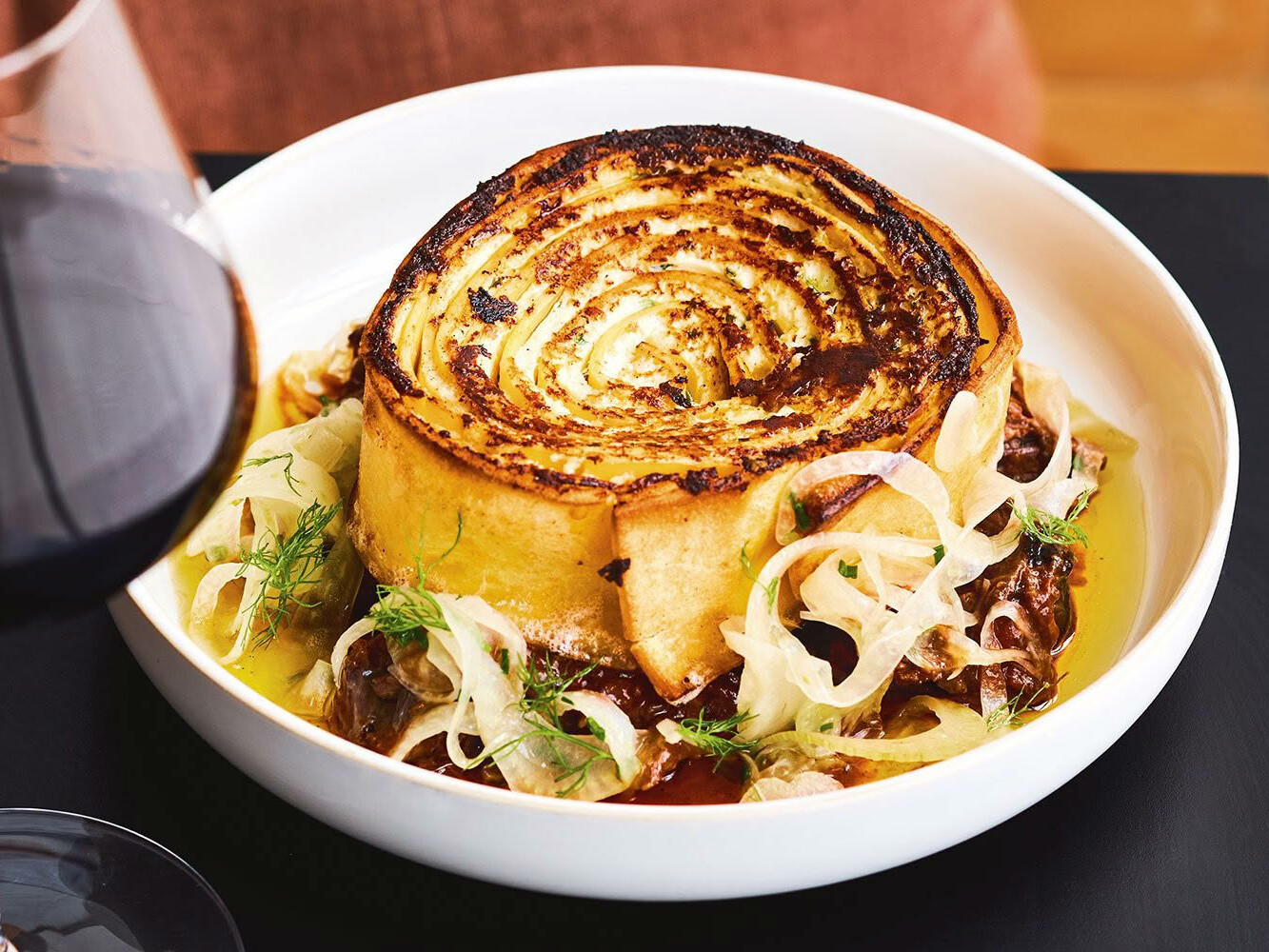GINNY GRANT VISITS AUCKLAND’S NANAM EATERY RESTAURANT FOR AN INTRODUCTION TO FILIPINO FOOD.
FILIPINO FOOD IS, in many ways, a fusion of the influences, ingredients and flavours of the native people with Spanish, Chinese, Malay and, more lately, American immigrants. It’s a meat-loving nation with a reverence towards pork especially lechón (roasted suckling pig), but it’s also a nation that prizes sourness in food, from tangy vinegars and soy sauce in adobo to sharp tamarind in the base of the sour soup, sinigang.
My knowledge of the cuisine is sparse, so talking to Nanam Eatery’s chefs and owners Andrew Soriano and Jessabel Granada seemed like a good idea. Both came to New Zealand in 2009 and trained to become chefs at Central Campus in Cromwell.
Jess says that cheffing has never been seen as a valid career in the Philippines and although her father was a wonderful cook and very supportive, her mother wanted her to become a nurse. For Andrew, it was his grandmother who gave him a love of food. But it was while training in Central Otago that they garnered an appreciation for the paddock-to-plate ideas which have become pivotal for their own take on Filipino food. After the crazy and frantic pace of life in the Philippines, the Otago region made them appreciate the seasonality of vegetable growing, seeing the fruits of harvests and appreciating the changes in the markets. In their own cooking, it helped to shift the tension from looking for ingredients that they couldn’t get hold of to seeing what ingredients they could use in their place.
A move to Auckland a few years later brought the first incarnation of Nanam, running a stall at the night markets around Auckland, before opening in Royal Oak, which proved a bit of a training ground for the duo and allowed them to cook their own take on Filipino cuisine. It was a tiny space with a wee kitchen, a curtain separating the kitchen from the route to the toilet – they laugh about that now, but it did make cooking there difficult at times. It was the Insta-worthy tacopao, that made their name – the bright and vibrant beetroot bao bun is stuffed with sticky pulled pork, chicharron, homemade pickles and peanuts. It’s been on the menu ever since.
Just on two years ago they moved to the larger Takapuna site. Jess and Andrew held back on some of the more adventurous foods for a while as the clientele seemed more conservative in their food tastes, despite being curious to try out the cuisine. Customers found it odd that the music playlist was often Spanish but again it harks back to the history of the country.
Jess says, “We don’t have a lot of spices like other traditional cuisines. We used to have a very basic food, we used a lot of garlic, small shallots, bay leaves and annatto and that’s it. I was trying to figure out why our food profile is based on sour, sweet and salty, and then, of course, I realised it was a lack of refrigeration. Adobo is often made the day before so the food tastes better and more mellow the next day, and the salting of fish and drying was also a preservation technique.”
Adobo is a stew usually made with pork or chicken incorporating peppercorns, garlic, bay leaf, vinegar and soy sauce, usually with potatoes. They use beetroot in their version, an ingredient that is not used much in the Philippines. The sweetness plays against the vinegar, the colour is vibrant and pairs well with the Te Mana lamb they use. Jess tells me that she never liked lamb until she came here as her experience of the meat at home was gamey and tough and a poor quality. Now, however, she thinks it is one of her favourite meats.

